I am aware of the basics of YARN framework, however I still feel lack of some understanding, in regards to MapReduce.
With YARN, I have read that MapReduce is just one of the applications which can run on top of YARN; for example, with YARN, on same cluster various different jobs can run, MapReduce Jobs, Spark Jobs etc.
Now, the point is, each type of job has its "own" kind of "Job phases", for example, when we talk about MapReduce, it has various phases like, Mapper, Sorting, Shuffle, Reducer etc.
Specific to this scenario, who "decides", "controls" these phases? Is it MapReduce Framework?
As I understand, YARN is an infrastructure on which different jobs run; so when we submit a MapReduce Job, does it first go to MapReduce framework and then the code is executed by YARN? I have this doubt, because YARN is general purpose execution engine, so it won't be having knowledge of mapper, reducer etc., which is specific to MapReduce (and so different kind of Jobs), so does MapReduce Framework run on top of YARN, with YARN help executing the Jobs, and MapReduce Framework is aware of the phases it has to go through for a particular kind of Job?
Any clarification to understand this would be of great help.
